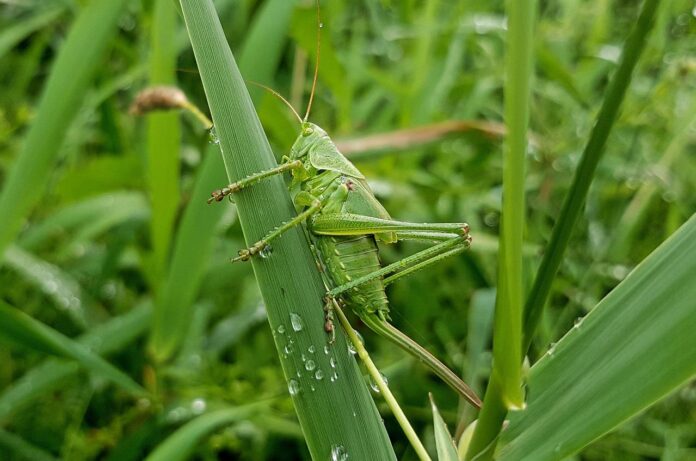The dirt and grass smell like baking bread and the whole world feels like an oven. We’ve reached the part of summer that tends to be pretty unpleasant on the plains, but it’s okay — if the heat doesn’t make us at least a little miserable, we will dread winter too much.
After a week straight of temperatures in the mid-to-high 90s, today the forecast predicts we will finally break 100 degrees. Which, it turns out, is not that bad.
“On this day in 2006, our county had the hottest temperature on the planet!” My husband informs me at breakfast. “One hundred and twenty degrees. Oh, and it says South Dakota is one of only 10 states in the union to get that hot.”
I shake my head thinking of the year a neighboring town went on record for the lowest temperature on the planet. “We are living in a pretty impressive study of extremes,” I say aloud.
Because things tend to run in either feast or famine mode here on the Northern Plains, this is also the part of the summer when we discover what the defining insect infestation of the season is going to be. The year before last it was ticks, and last year there were more flies than anyone could ever remember existing at once.
Year of the grasshopper
This year I thought it was going to be mosquitoes, but after a week of extreme heat and no new rainfall, it appears I was wrong. No, this year it looks like our bumper crop will be grasshoppers. They are everywhere.
There are giant, browny-green ones with big, black eyes and bright, yellow legs. There are medium-sized ones colored a brilliant soda-bottle green. There are tiny, athletic ones in almost every earthen shade imaginable. And the biggest ones I’ve ever seen — far bigger than the length of my finger — the dusty dinosaurs. They blend perfectly with dry dirt and dead branches, their flesh a complicated pattern of tan and light brown, even their eyes a textured camouflage.
I am not afraid of bugs. I like them in fact. They are built with such ornate complexity. But these grasshoppers are different. There are just too many. The garden is crawlingly alive with them. I walk out past the compost pile and the stems of the potato plants are still until I pass.
Suddenly the plants are full of sizzling, leaping little creatures, whose bodies ping-pong and scatter off the leaves. A flurry of them explodes around me as I walk through the grass, bouncing off my bare legs, grabbing at my skirt, clinging to my flesh.
The unfortunate ones leap under my feet, and I can’t help but step on them, so each step is accompanied by crunching. Even worse are the ones that land inside my ankle-high rubber boots, so instead of a crunch, I feel a wet squish.
Could be worse
Of course, I’ve heard tales of summers far worse than this. During the epic droughts of the 1980s, folks remember clouds of starving grasshoppers descending on houses and chewing through screens, or eating holes in clothes left out to dry.
I try to remember this with each crunching, squishing step. “At least they aren’t eating through the screens!” has become my mantra.
The grasshoppers, unlike the mosquitoes, are unfazed by the heat. They cluster on the bean vines in the hundreds, mating and feeding. I reach to pick a ripe green bean and grab a grasshopper by mistake. Its body feels sharp and solid and cool but also strangely meaty.
Even though it gives me the shivers just thinking about it, it makes sense that people eat these things. They are oddly substantial. We’ve got plenty of other choices for food, so I fling the grasshopper away.
That’s enough time in the garden, the temperature is rising already. I left a hot cup of coffee to cool on the post by the garden, so I stop to retrieve it when I pass, only to discover the mug is now filled with the bodies of drowned grasshoppers.
“At least they aren’t eating through the screens. At least they aren’t eating through the screens…”













